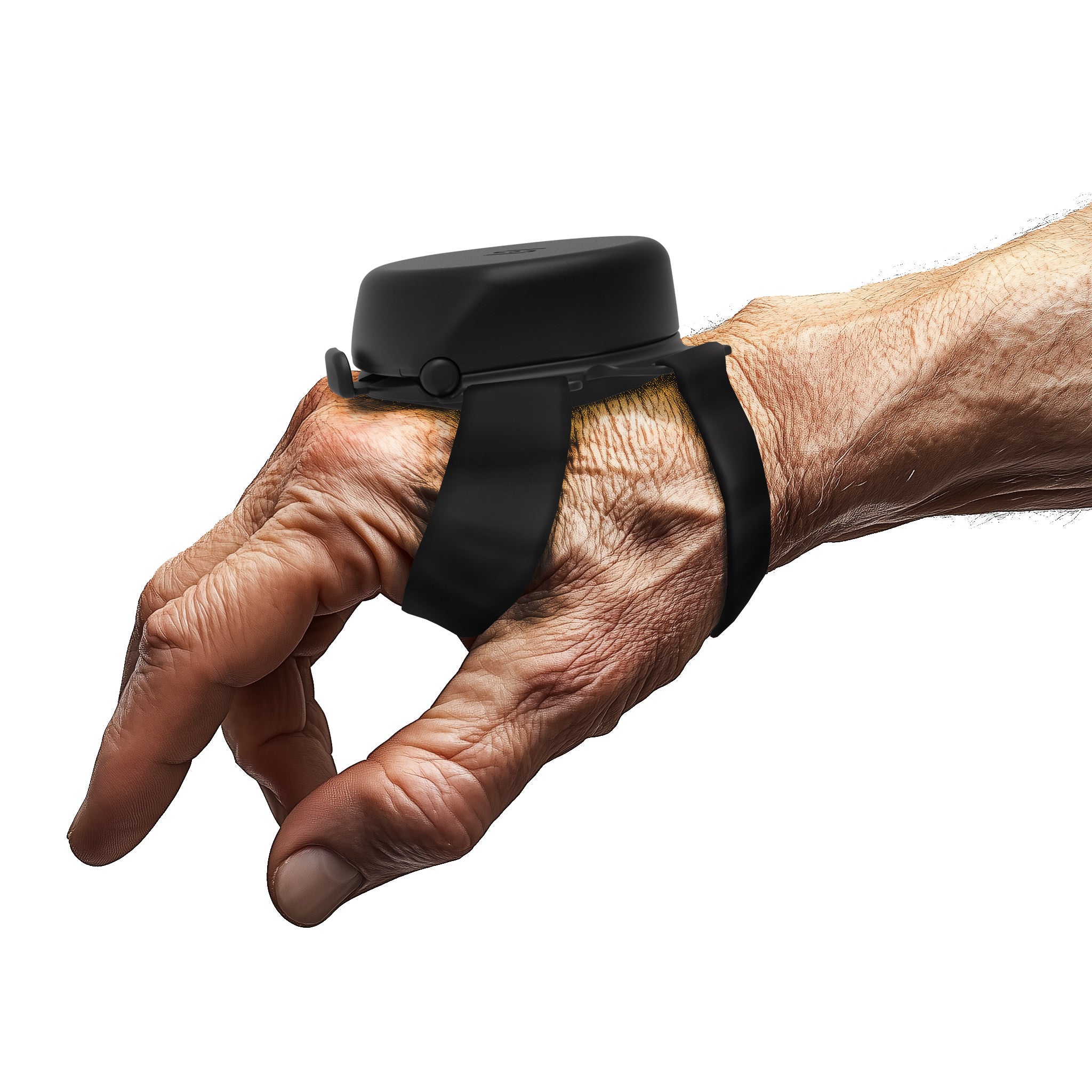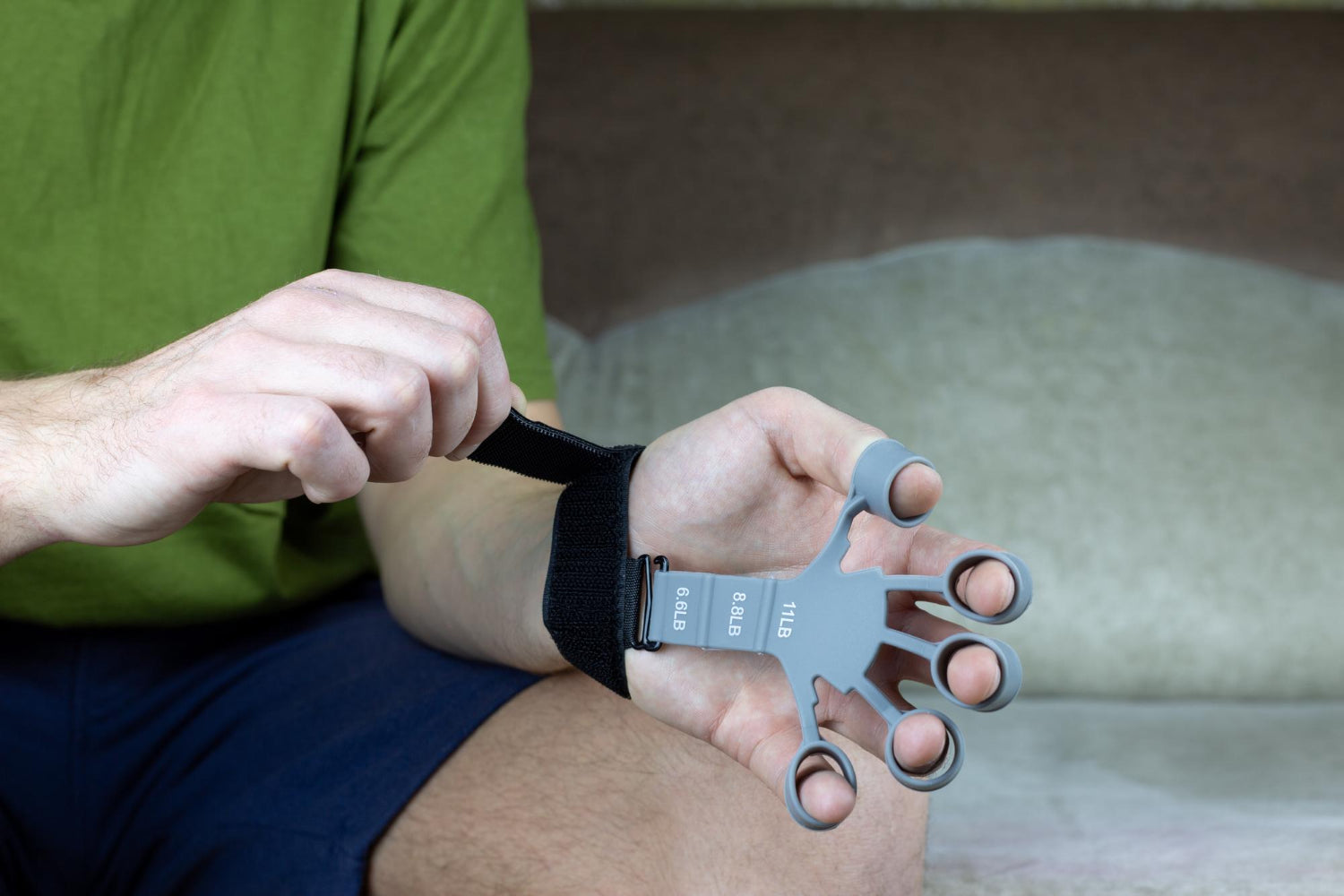Essential Tremor (ET), a common movement disorder, affects millions of people worldwide. It manifests as an uncontrollable shake in various body parts, such as the head, neck, trunk, arms, legs, and voice. The severity of essential tremor symptoms varies among patients - some people experience only mild tremors that do not interfere with their daily activities, while others may have more severe shakes that significantly impact their quality of life.
Understanding the medical history of a person with ET is crucial for health care providers to formulate an effective treatment plan. This may involve a comprehensive review of the patient's past and present health conditions, lifestyle, and family history of neurological disorders. It's important to note that treating essential tremor is primarily about managing symptoms rather than curing the disease, as the root causes of ET are still not fully understood.
One of the primary treatment options for essential tremor is medication. Beta-blockers, such as propranolol, have been used for over 40 years to manage tremors. While these were originally developed for high blood pressure treatment, they've proven effective in reducing tremors in about 50-60% of patients, especially those affecting the hand and voice box. However, long-term use can result in a tolerance to the treatment, necessitating additional medications.
Another common medication used is Mysoline, an anti-seizure drug that has proven as effective as beta-blockers in managing tremors. It's often prescribed to those who do not tolerate beta-blockers well, but tolerance can also develop over time.
For some people with ET, their tremors may intensify under stress or anxiety. In these cases, health care providers might recommend tranquilizers. However, these must be used with caution due to potential side effects like confusion, memory loss, and risk of addiction.
Botox injections are another potential treatment for ET. These have shown particular success in controlling head and neck tremors, though they can sometimes cause side effects like a hoarse voice or difficulty swallowing.
In some severe cases, where medications are not as effective, deep brain stimulation might be considered. This involves implanting a device to send electrical signals to the areas of the brain involved in motor control. It's a more invasive option with potential side effects, but it's been shown to improve the quality of life for many patients with essential tremor.
Beyond medical treatments, lifestyle modifications and assistive devices can also play a significant role in managing ET. The Steadi-Two, for example, is an assistive device designed to reduce hand tremors for people with ET and Parkinson's disease. This battery-free, lightweight, machine washable device can be used on either the left or right hand, offering a practical solution for those seeking to improve their daily activities.
Ultimately, managing essential tremor is a long-term commitment that requires regular check-ups with health care providers, constant monitoring of the condition, and occasional adjustments to the treatment plan. With the right combination of treatments, people with ET can lead fulfilling lives with minimized disruption from their symptoms.



